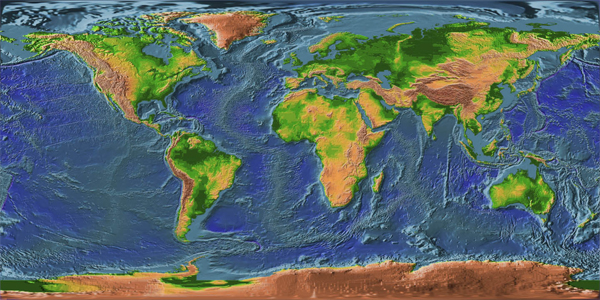but in the 1950s Patrick Blackett of the University of London and S. K. Runcorn of the University of Newcastle studied the ancient magnetic patterns frozen in British rocks and were startled, to say the very least, to find them indicating that at some time in the distant past Britain had spun on its axis and traveled some distance to the north, as if it had somehow come loose from its moorings. Moreover, they also discovered that if you placed a map of Europe's magnetic patterns alongside an American one from the same period, they fit together as neatly as two halves of a torn letter. It was uncanny. Their findings were ignored too.

It finally fell to two men from Cambridge University, a geophysicist named Drummond Matthews and a graduate student of his named Fred Vine, to draw all the strands together. In 1963, using magnetic studies of the Atlantic Ocean floor, they demonstrated conclusively that the seafloors were spreading in precisely the manner Hess had suggested and that the continents were in motion too. An unlucky Canadian geologist named Lawrence Morley came up with the same conclusion at the same time, but couldn't find anyone to publish his paper. In what has become a famous snub, the editor of the Journal of Geophysical Research told him: "Such speculations make interesting talk at cocktail parties, but it is not the sort of thing that ought to be published under serious scientific aegis."












